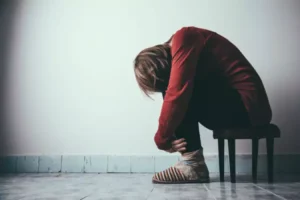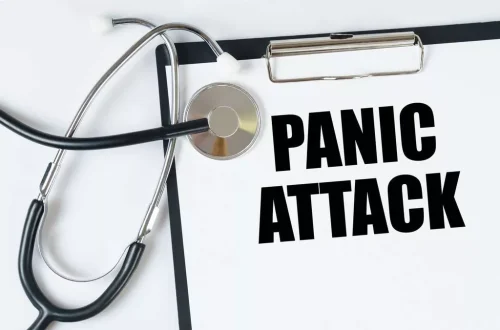Relapse Triggers People, Places & Things Causing Cravings

External triggers involve conditions or environments that can prompt substance use. They are external factors or situations that remind one of past behaviors. Agape Treatment Center for substance abuse embraces a universal, unconditional love that transcends, that serves regardless of circumstances. We provide individuals all over the country with the opportunity to achieve the gift of lasting sobriety.
- Understanding what triggers you to relapse and having a plan in place for these triggers are your first steps toward prevention.
- Talking through the trigger and enlisting someone else’s help can provide you with the motivation and assistance needed to overcome the trigger and stay sober.
- A neurobiological overlap between these two conditions would therefore be expected.
- Relapse triggers are events, situations, or emotions that can lead to a strong desire to seek out drugs and alcohol again, potentially resulting in alcohol abuse.
- In contrast, when they increased the corticosterone levels, unstressed rats showed relapse behaviors when triggered.
Internal vs. External Relapse Triggers

Triggers can cause individuals to develop a “flight or fight response.” Since this reponse can cause great distress and anxiety, it is often suggested for those struggling to get help. For instance, someone who grew up in an abusive household may feel anxious https://ecosoberhouse.com/ or fearful during arguments or conflicts; this could lead them to react defensively or distance themselves from such situations altogether. Users in recovery can ask themselves some questions to help them understand their internal thoughts and feelings.

How to Deal With Relapse Triggers
Triggers are easily identifiable by the way someone reacts to something. For instance, triggers may occur when someone remembers an event, or when an uncomfortable experience happens. The experience may cause someone to lash out, breakdown, or cope in unhealthy ways. As a result, individuals with unchecked triggers can cope in harmful ways, foster unhealthy relationships, and endure much suffering.

Positive Feelings Trigger Relapses
The individual should have relapse prevention plans in place to help deal with the potential triggering caused by items they may encounter. This is important because it may not be possible or feasible to avoid them at all times. In this article, we will discuss internal and external triggers for addiction. We will also provide some examples of internal and external triggers, including emotional triggers in recovery. There are many common addiction triggers that can lead to persistent thoughts and images of substance use. We must be aware of these potential triggers to maintain our recovery journey and stay on the path of sobriety.
What to Do After Identifying your Triggers in Addiction?
Many of these internal triggers are deeply rooted in personal experiences and can be linked to negative self-perception and other distorted beliefs. For instance, past failures or traumatic events can trigger feelings of guilt, shame, or fear, which might tempt an individual to resort back to substance use as a coping mechanism. For someone who has suffered from physical or emotional abuse as a child, opioids may become their drug of choice, because opioids help to suppress emotional pain.

Self-awareness is the power to recognize and comprehend one’s own emotions, thoughts, and behaviors. By understanding your triggers, you can take steps to stay away from them and manage relapse triggers more effectively. Awareness of these risks and proactive communication with your treatment team and support network can help manage relapse triggers during major life changes. By developing adaptive coping skills and practicing self-care during transitions, you can continue on your path to recovery and avoid setbacks.
People Trigger Relapse

A whiff of cigarette smoke, watching people sip cocktails in a bar or restaurant, or a couple locked in an erotic embrace are reminders that seem to be everywhere in the early stages of quitting. These, and countless other things, are prime examples of external triggers, and they are going to be largely unavoidable. Identifying a relapse trigger, and learning how to deal with it, is an important step in the relapse prevention process. It is still possible to prevent relapse and a return to addictive behavior after cravings have begun, but it is better to prevent the craving in the first place.
In contrast, when they increased the corticosterone levels, unstressed rats showed relapse behaviors when triggered. Some people prefer one-on-one therapy to recovery groups or 12-step programs. Others find success with therapy in addition to self-help groups or other means of support. Ask those you trust to help remove any triggers from your space, such as medication or alcohol bottles. Triggers typically elicit strong negative emotions such as fear, anger, or shame. People may feel unsafe or threatened and, as a result, may react by panicking, trying to escape the situation, crying, acting out, or becoming defensive.


Leave a Reply